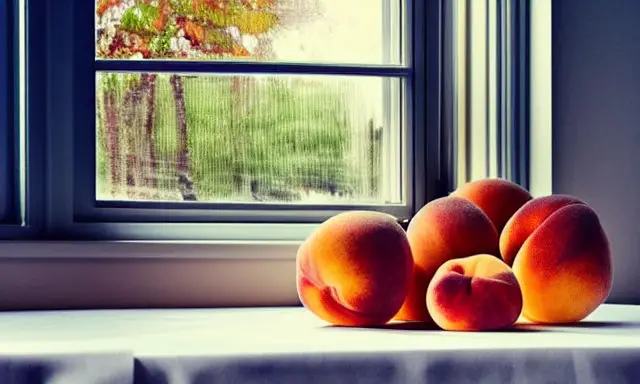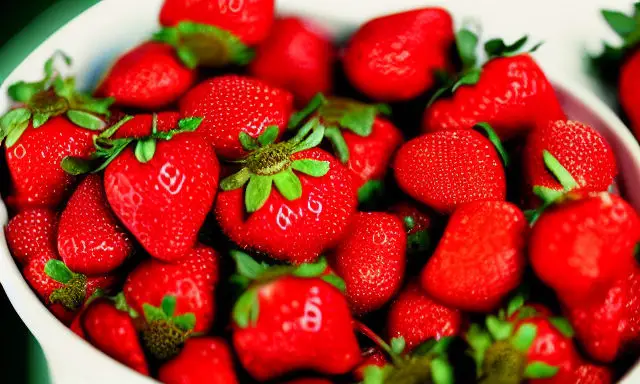Purple Kale
Purple kale produces serrated and ruffled vibrant purple leaves that are variegated in shades of dusty green.
This attractive vegetable offers a very robust cabbage flavor more intense than that of green or black kale. Its leaves have a chewy semi-crisp texture that softens with cooking, but the fibrous stems remain tough and should be removed.
When you purchase through our links, we may earn a commission. As an Amazon Associate I earn from qualifying purchases.
Purple kale is available year-round with a peak season during winter.
This type of kale is a variety of Brassica oleracea that is not only grown for culinary use, but also for its ornamental value. It is cultivated from a dwarf variety of Scotch kale and looks like a giant ruffled flower.
Other colored kale varieties include, Red Russian and Redbor, both of which have less of the bicolored green variegation.
Purple kale is an excellent source of vitamins A and C, iron, calcium, magnesium, potassium, protein, carbohydrates and dietary fiber.
When harvested young, the tender Purple kale greens are a great intense addition to mixed green salads.
They are great carriers for peanuts, almonds, tamari, chiles and other Asian ingredients like sesame oil and ginger. The fully mature leaves lose some color when cooked, but may be steamed, braised, stewed, fried, sauteed, and even baked like a chip. They are great in hardy soups which contain smoked meats, potatoes, beans or barley. Other flavor affinities include, bay leaf, oregano, thyme, red pepper flake, nutmeg, shallots, onion, tomato, sweet potatoes, cheddar cheese, Parmesan, cream, roasted meats, chorizo sausage, pancetta and chicken.
Since kale survives well in cold climates, it is a favorite mealtime entree served in Scandinavia, Germany, Holland and Scotland. It is also popular in a Portuguese soup titled caldo verde, a hearty broth of potatoes, savories and sausage.
Decorative and delicious, Purple kale will grow in warmer climates, though cooler weather suits this flowering kale much better.
It isnt quite as cold hardy as common green kale, but thrives in fertile, well-drained soils. Commercial kale crops are harvested between forty and fifty-five days after planting with new plantings every two weeks in order to provide year round supplies.
A cool weather annual, Purple kales cold-hardy personality makes its flavor even sweeter after a light frost.











